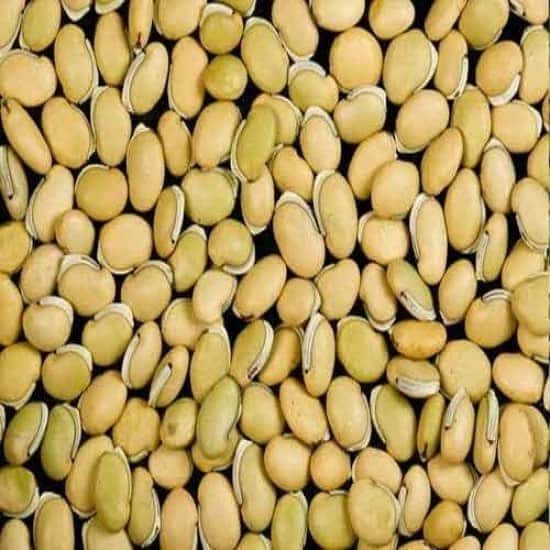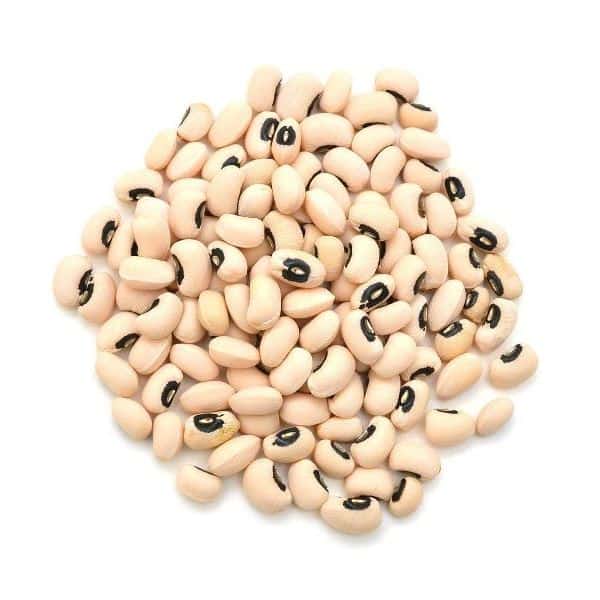Pulses
Here you get all kind of pulses.
Lorem ipsum dolor sit amet, consectetur adipiscing elit. Ut elit tellus, luctus nec ullamcorper mattis, pulvinar dapibus leo.Lorem ipsum dolor sit amet, consectetur adipiscing elit. Ut elit tellus, luctus nec ullamcorper mattis, pulvinar dapibus leo.Lorem ipsum dolor sit amet, consectetur adipiscing elit. Ut elit tellus, luctus nec ullamcorper mattis, pulvinar dapibus leo.Lorem ipsum dolor sit amet, consectetur adipiscing elit. Ut elit tellus, luctus nec ullamcorper mattis, pulvinar dapibus leo.

Chickpea
India is one of the countries that produces the most chickpeas in the world, and it exports an increasing amount of chickpeas every year. The terms "Desi" and "Kabuli" refer to the two main types of chickpeas. These two kinds of chickpeas are among the numerous that India exports. High-quality chickpeas are exported from India by the chickpea exporter.

Urad Dal Gota
Another name for urad dal is split black gramme. In the southern region of Asia, it is one of the most extensively used lentils. Tonnes of urad dal goods are exported from India by the Urad Dal Gota exporter. Urad Dal has several uses and advantages, which has led to an increase in Urad Dal Gota export from India. The Indian Urad Dal Gota exporter should take advantage of this favourable opportunity to grow his company and penetrate foreign markets. Various types of urad dal are included in the Urad Dal Gota export from India.

Whole Masoor
Red lentils, often referred to as masoor dal, are one of the most nutrient-dense pulses and provide a number of therapeutic and physiological benefits. An essential component of Indian cuisine is masoor dal. Every year, a considerable amount of Dal is exported from India by a whole-masoor exporter. Whole Masoor export from India has risen in recent years due to the Dal's rising popularity on the international market. The Indian Whole Masoor exporter ships high-end goods to several nations around the globe. As a result, whole Masoor export is currently a growing economic prospect.

Moth Bean
The Fabaceae family and Faboideae subfamily include the herbaceous creeping plant known as moth bean. When completely grown, it is supposed to create a low-lying earth cover. Each year, the Indian exporter of moth beans ships out a sizable amount of the beans. The export of moth beans from India has increased along with their rising popularity. As a result, the exporter of Indian moth beans has a fantastic potential to grow his company and compete on a global scale. Different product kinds and quality are included in the export of moth beans.

Field Beans
Beans called "field beans" are cultivated solely for their ripe, edible seeds. Tonnes of beans are exported by an Indian company that specialises in selling them abroad. Field bean exports from India have grown over the years, most likely as a result of rising product demand around the world. The Indian exporter of field beans has a strong chance to sell his goods overseas and make a profit. As a result, it can be argued that the export of field beans is a booming industry.

Peas
The pea exporter in India must raise exports in accordance with the increased demand for peas around the world. Peas are nutritious and frequently utilised in different cuisines, which has led to an increase in pea export from India. Fresh or frozen peas are both acceptable forms for export. Both of these pea types are exported by the Indian pea exporter. There are other additional pea kinds that India exports in addition to these.

Kidney Beans
The dried form of common beans known as kidney beans is typically accessible all year round. They have a kidney-like form and are reddish-brown in colour. They are used in both hot and cold cuisines and have a distinctive flavour. As a result, kidney bean exporters in India ship their products to many nations throughout the globe. These beans are mostly used to produce curries, salads, and other dishes in Mexican and Indian cuisine. Thus, over time, India has exported an increasing amount of kidney beans. Today, the exporter of Indian kidney beans benefits financially from these shipments. One of the top kidney bean exporters from India is Pisum Foods.

Soya Bean
India's climate and soil are ideal for the growth of a wide variety of fruits, vegetables, pulses, grains, and other crops. Every year, soy exporters in India ship tonnes of soy abroad. Because soybeans are becoming more and more popular throughout the world, India is exporting more soy beans. Around 3.5 million tonnes of soy beans are exported by an Indian company, with the main destinations being Vietnam, Japan, Thailand, Indonesia, the United Arab Emirates, and Greece.

Pigeon Pea
One of the most well-liked tropical and subtropical legumes is the pigeon pea. It is known to be drought hardy and to grow quickly. Tonnes of pigeon pea are exported annually by the pigeon pea exporter in India. Many different cuisines around the world, including those in India and Indonesia, include pigeon peas. As a result, India is exporting more pigeon peas. Indian pigeon pea exporters are making considerable money as a result of its uses in animal nutrition and other applications. Pigeon peas are exported from India in a variety of forms.

Cowpea
An annual herbaceous legume, the cowpea is mostly self-pollinating. Tonnes of cowpea are exported from India by the cowpea exporter. People are now aware of the value and applications of the cowpea. Thus, for a few years, India's export of black-eyed beans has increased. This is a beneficial commercial opportunity for an Indian exporter of cowpeas. The export of cowpeas from India includes a variety of types.

Horse Gram
A suberect, low-growing annual or perennial herb, horse gramme. Tropics and subtropics are where it grows best. Tonnes of horse gramme are sent by an Indian company each year to numerous nations. A remarkable superfood is also known as horse gramme. As a result, India has been exporting more horse gramme over time. This is an excellent chance for the exporter of Indian Horse Gramme to grow his company and go global. There are numerous variations of this substance that are exported from India as horse grammes.

Puffed Rice
In order to create puffed rice, air must be added to the rice. This increases the size and weight of the grains while also reducing moisture content for a crisper texture. Tonnes of puffed rice are exported from India by the puffed rice exporter. The amount of Puffed Rice exported from India has grown over time. This can be as a result of the numerous advantages of this kind of rice. Therefore, the Indian Puffed Rice exporter is making considerable money from this export. The export of different types of this rice is included in the export of puffed rice.